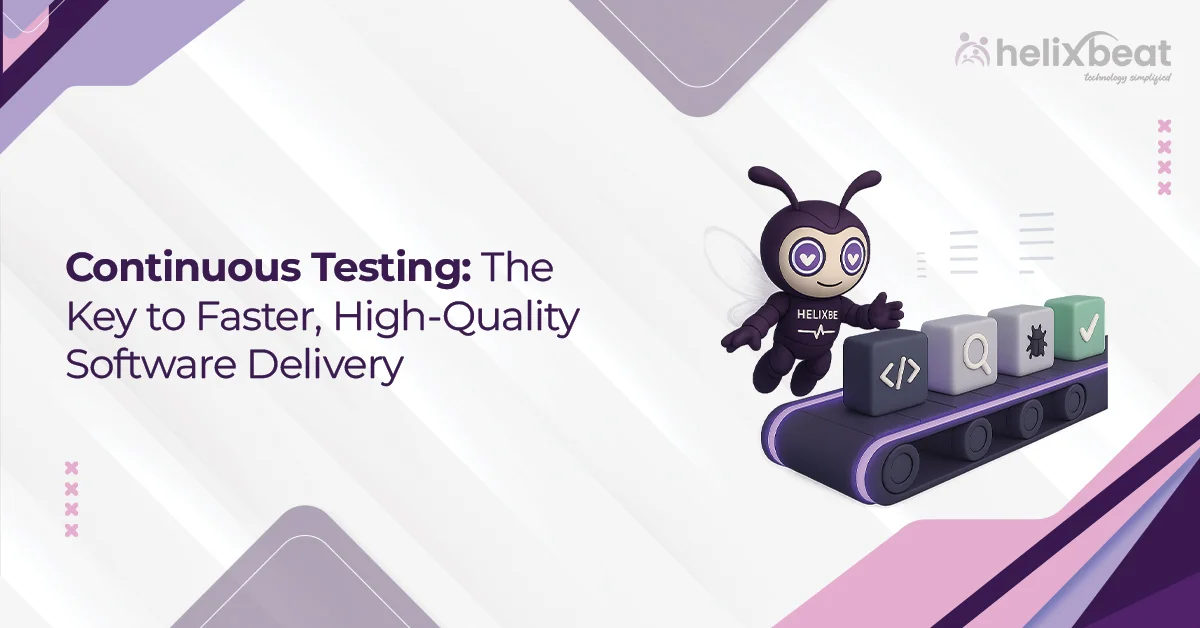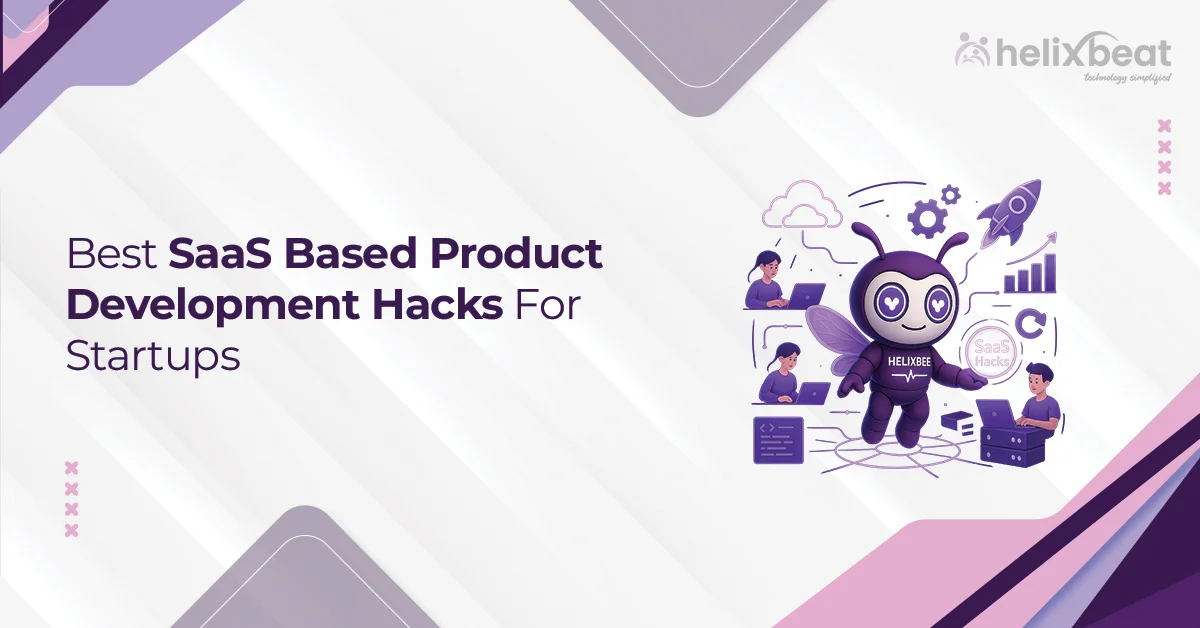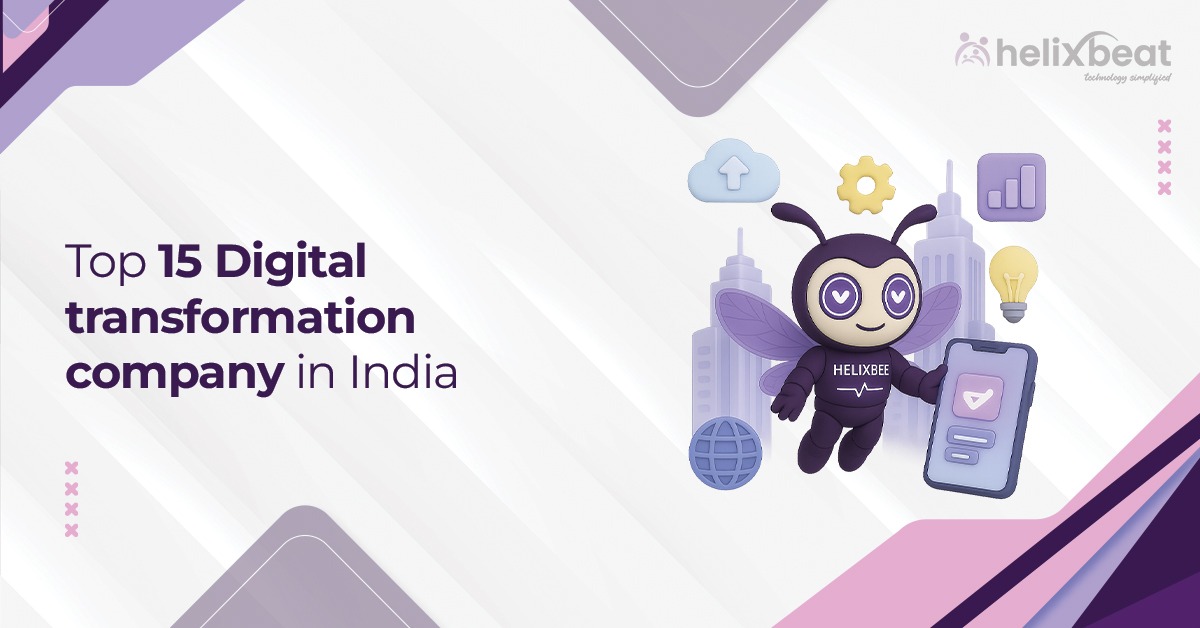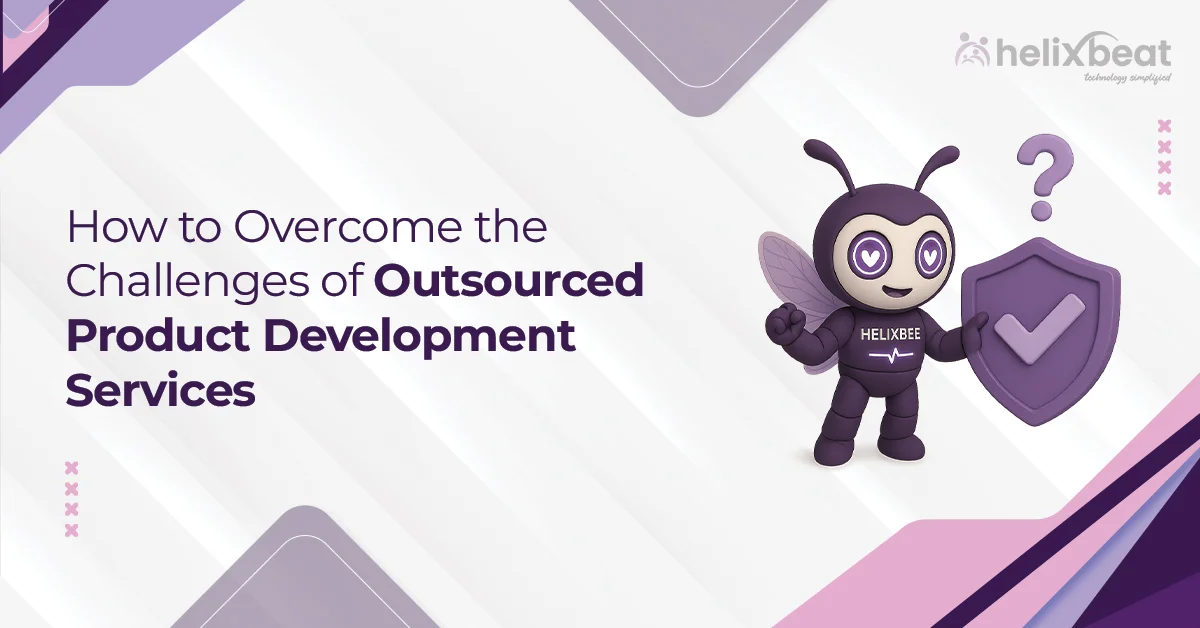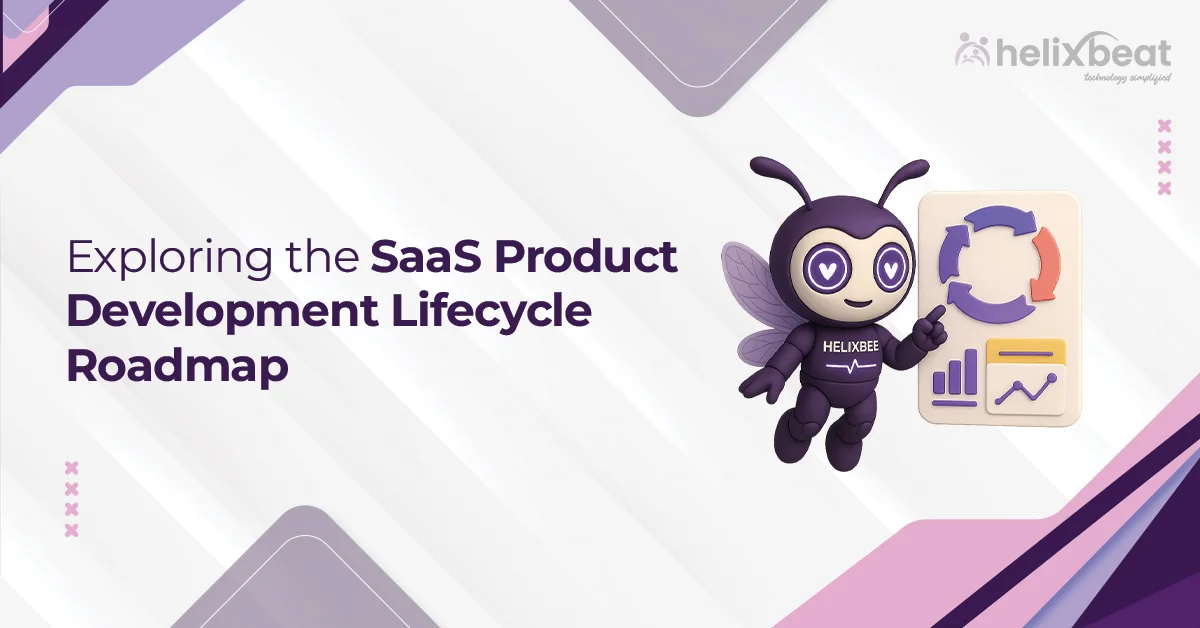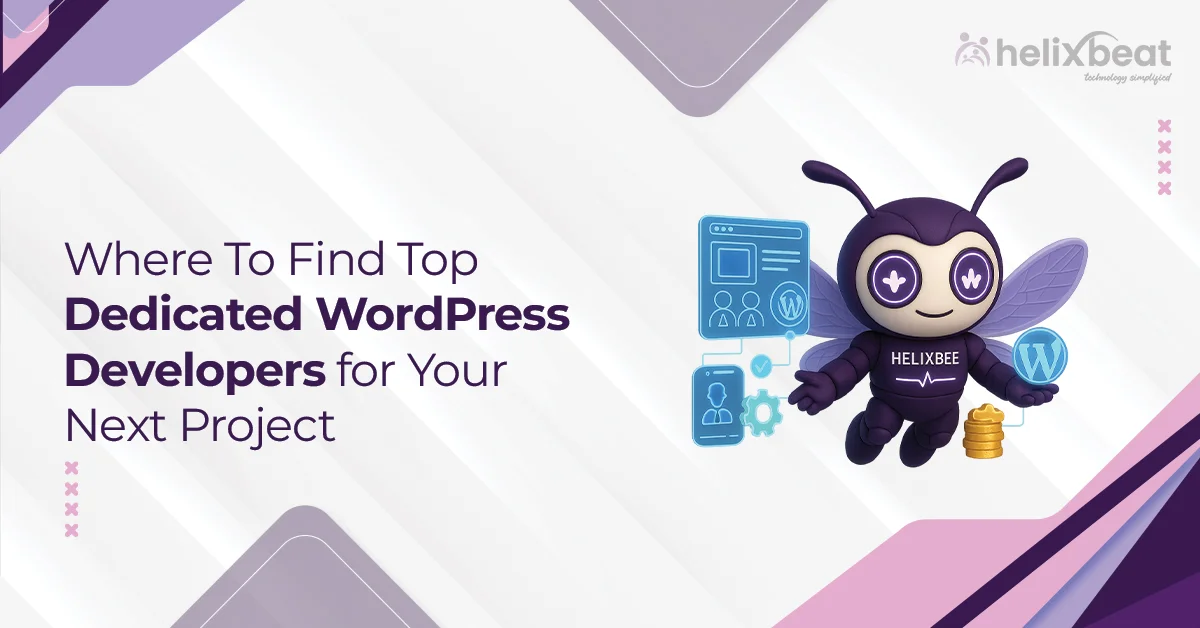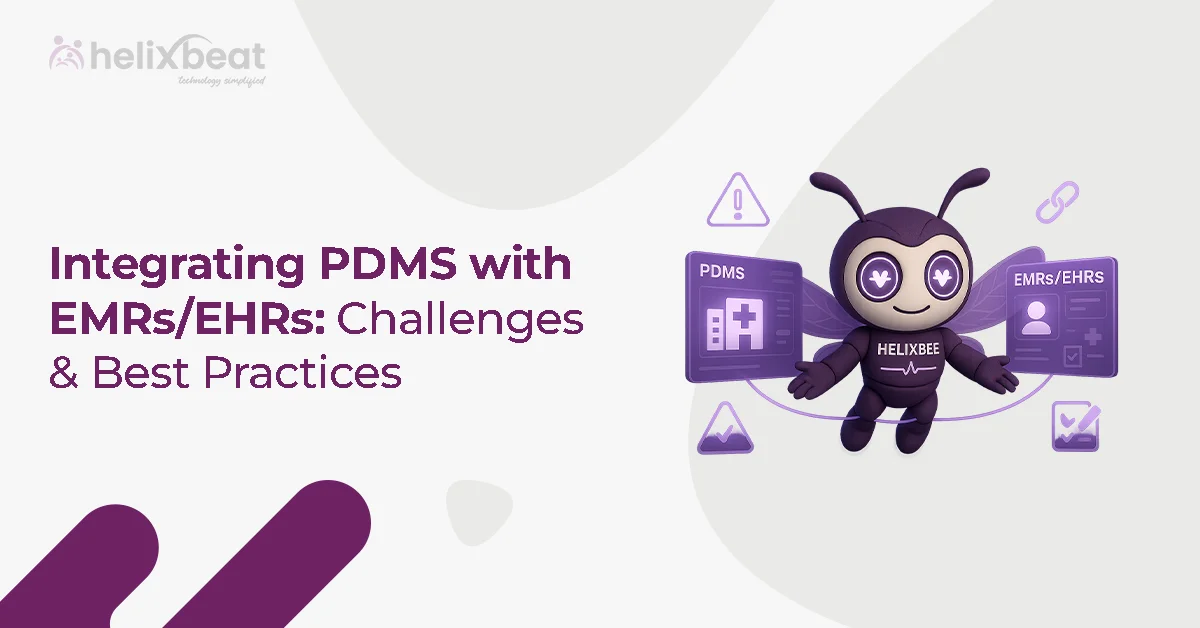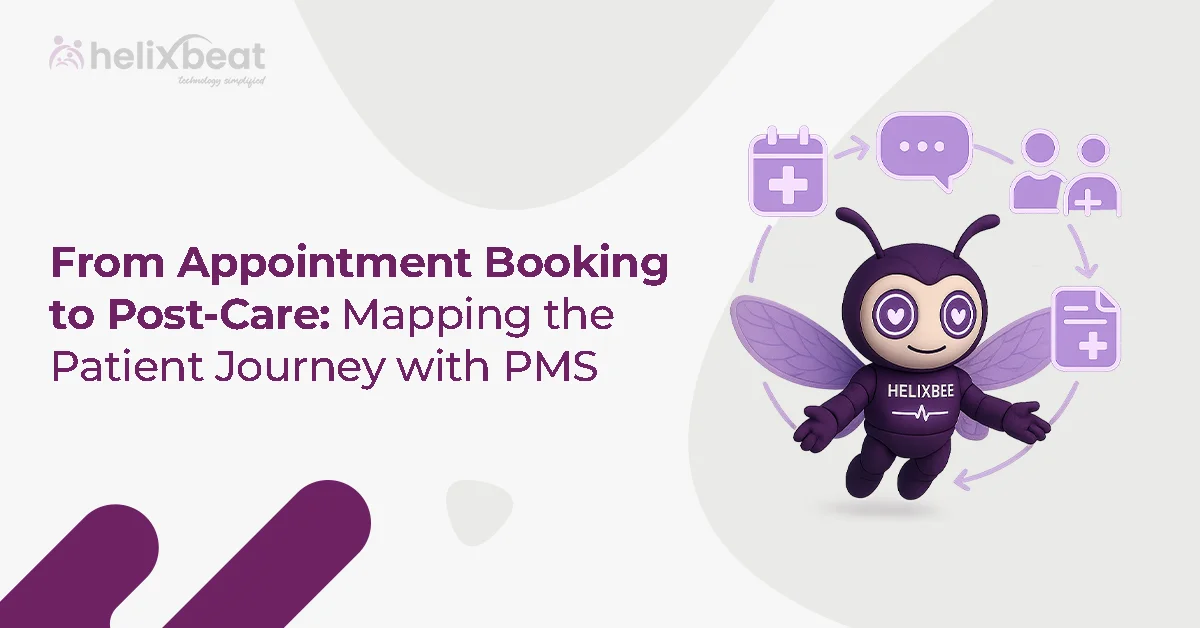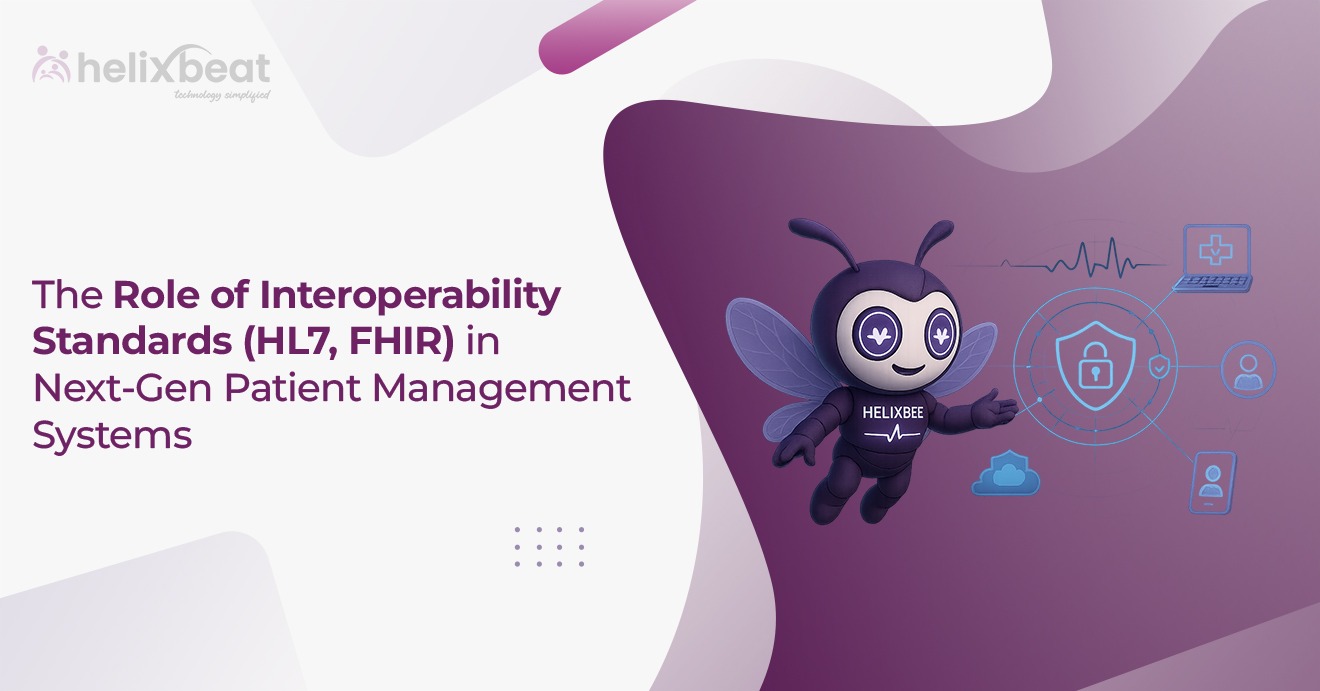Turning a new idea into a successful product isn’t easy; it’s a journey full of challenges. The New Product Development Process (NPD) helps businesses move from a simple idea to a product that customers love. It’s a mix of creativity, understanding the market, and testing to make sure the product fits what people need.
But even the best ideas can fail. According to the Product Development & Management Association (PDMA), 35% of new products fail because of things like poor testing or misunderstanding customer needs. This shows that following a clear product development process is crucial to avoid mistakes.
In short, a well-planned NPD process is the key to turning great ideas into successful products that stand out in the market. Let’s see seven essential stages of new product development process.

Table of Contents
Overview of New Product Development Process
The New Product Development Process (NPD) is a structured approach that businesses follow to bring a new product from concept to market. It involves several stages, starting with idea generation, followed by product design, testing, and refining. The process also includes market research to understand consumer needs and ensure the product is viable.
Once the product is finalized, it moves into commercialization, where it is launched to the market. Throughout the NPD process, continuous feedback and testing are crucial to avoid costly mistakes and increase the chances of success. By carefully managing each stage, companies can create products that meet market demands and deliver long-term value.
7 Stages of the New Product Development Process
The New Product Development Process (NPD) is a comprehensive journey that involves transforming an idea into a market-ready product. Below are the seven essential stages that businesses follow to ensure successful product development:
1. Idea Generation
The first stage of the product development process is all about generating ideas. This is where creativity and innovation come into play. Ideas can come from a variety of sources, such as customer feedback, market research, brainstorming sessions, or even from internal team insights. It’s important to cast a wide net to ensure diverse ideas, which are then refined into more practical solutions.
Example: A mobile phone company might gather ideas for a new phone by analyzing customer reviews, studying competitor features, and even conducting focus groups to find out what consumers feel is missing in current phones.
2. Idea Screening
Once ideas are generated, the next step is to screen them. Not all ideas will make it through this phase. The goal is to filter out the concepts that are impractical, unrealistic, or unprofitable. In this stage, ideas are evaluated based on factors like feasibility, market demand, cost, and alignment with the company’s goals.
Example: Let’s say one of the ideas is to create a phone with a foldable screen. After evaluating the feasibility, market demand, and potential production costs, the company may decide that it’s too expensive to manufacture at a competitive price and choose not to proceed with it.
3. Concept Development and Testing
This stage involves developing the chosen ideas into detailed concepts. Prototypes or mock-ups are created, and early models may be tested to understand how the product will work in real life. Testing could be through user feedback or focus groups, allowing the company to refine the concept and ensure it meets customer needs before it is fully developed.
Example: After deciding to create a foldable screen phone, the company develops a working prototype. They might test this prototype with a small group of target users to understand how they interact with it, looking for insights like whether the foldable design is intuitive or if the phone feels too bulky.
4. Product Design and Development
At this stage, the chosen concept is developed into a detailed, manufacturable product. This phase involves engineers, designers, and product specialists working together to finalize product specifications, materials, production methods, and other key elements. The design phase also includes refining the product’s aesthetics, such as its shape, size, and usability.
Example:
For the foldable phone, product designers work on the final design of the screen, deciding on materials that can withstand the repeated folding. Engineers determine how the phone’s hinge will function and what type of glass is best suited for the foldable screen, all while ensuring durability and quality.
5. Market Testing
Before a product is fully launched, it undergoes market testing. This is where the product is introduced to a select group of consumers in a controlled environment to assess its performance, functionality, and appeal. This testing stage allows businesses to gather valuable feedback, make necessary improvements, and confirm that the product meets customer expectations.
Example: A test batch of the foldable phone is released to a small group of loyal customers or early adopters, who provide feedback on features like battery life, screen quality, and overall user experience. Based on their responses, the company might decide to make adjustments, such as improving the hinge or offering more storage options.
6. Commercialization
Once the product has passed the market testing phase and all adjustments are made, it is ready for commercialization. This phase involves preparing the product for launch on a large scale. Companies focus on developing marketing strategies, setting up distribution channels, and pricing the product for the market. The product is now introduced to the general public, and the company pushes forward with its promotional efforts.
Example: After successfully testing the foldable phone, the company launches it globally. They roll out an advertising campaign showcasing the phone’s unique features, partner with major retailers to distribute it, and set a competitive price point to attract buyers.
7. Post-Launch Review and Maintenance
The final stage involves monitoring the product’s performance after launch. This includes analyzing customer feedback, sales data, and market response. Based on this information, companies can make improvements, address issues, and release updates to ensure the product remains relevant and continues to meet customer expectations.
Example: After the foldable phone launch, the company tracks customer reviews and addresses any issues like screen durability, releasing updates or offering repairs as needed to maintain product satisfaction.
How much time does it take to develop a new product?
When it comes to developing a new software product, the timeline can vary depending on the complexity of the software, the features involved, and the size of the development team. On average, the new product development process for software can take anywhere from 6 months to 18 months.
Simpler applications or updates to existing software may take less time, while more complex systems, such as enterprise solutions or applications with advanced features like AI integration, can take longer. Factors like thorough testing, user feedback, and iterations also play a role in the timeline. With effective project management and clear milestones, however, the development process can be streamlined to ensure the software is delivered on time while meeting quality standards.
Tips from Helixbeat for Building a New Product
The new product development process is a crucial journey that requires careful planning, strategic execution, and continuous improvement to ensure the product aligns with market needs and stands out in the competitive landscape.
1. Adopt an Agile Development Approach
Building a successful software product requires flexibility. An agile methodology allows you to iterate quickly, adjust to market demands, and refine features based on real-time user feedback. Regular sprints, continuous testing, and evolving priorities ensure the product aligns with both user expectations and business goals.
2. Focus on Scalability from Day One
Designing your software to scale is crucial, especially as user base or feature set grows. Whether it’s performance optimization, server architecture, or data management, scaling should be considered early in the product development process. This foresight prevents costly redesigns later and supports long-term success as demand increases.
3. Integrate User-Centric Design
Successful software products are those that solve real-world problems for users. Begin with user research and continuously engage users during the design and development phases. User-centric design ensures the product is intuitive, efficient, and valuable, improving user adoption rates and satisfaction.
4. Automate Testing and Continuous Integration
Quality assurance is non-negotiable. Implementing automated testing and continuous integration (CI) tools ensures code quality throughout the development cycle. This reduces errors, improves reliability, and accelerates the delivery of features, enabling rapid iterations while maintaining high standards.
5. Focus on a Strong Post-Launch Strategy
The launch is only the beginning. A successful software product needs ongoing support, bug fixes, and updates. Establish a post-launch maintenance plan that includes gathering feedback, monitoring product performance, and responding to issues promptly. This ensures your product stays relevant and continues to meet user needs over time.
Final Words
The new product development process is a vital component of transforming ideas into successful products. With the right approach, from idea generation to post-launch maintenance, businesses can create products that meet customer needs and differentiate themselves in the market.
At Helixbeat, our product development services are designed to help you at every stage, ensuring that your product is built with the advanced technologies, high-quality standards, and a user-centric focus. Whether you’re launching a new software or improving an existing one, Helixbeat is here to support your journey toward success. Contact us now.
FAQ
1. Three Best Product Development Companies
Best product development companies include Helixbeat, IDEO, and Frog Design. Helixbeat offers end-to-end product development services, specializing in scalable and high-performance software. IDEO is known for its human-centered design, and Frog Design focuses on innovative digital products.
2. What are the Product Development Stages?
The product development stages are as follows:
Idea Generation: Brainstorming and gathering new ideas from various sources.
Idea Screening: Evaluating ideas to filter out unrealistic or impractical ones.
Concept Development and Testing: Turning ideas into detailed concepts and testing them with potential customers.
Product Design and Development: Finalizing product designs, features, and specifications.
Market Testing: Introducing the product to a small group of customers for feedback.
Commercialization: Launching the product to the wider market.
Post-Launch Review and Maintenance: Ongoing analysis and updates to ensure the product continues to meet customer needs.
3. Three New Product Development Strategies
Three main strategies for new product development are Market Penetration (increasing market share with existing products), Product Diversification (developing new products for different markets), and Cost Leadership (creating affordable products through efficient production).
4. How Does End-to-End Product Development Work?
End-to-end product development encompasses the entire process, from concept to post-launch. It begins with concept design, proceeds to development, includes testing and refinement, followed by commercialization for market launch, and concludes with ongoing maintenance and updates based on user feedback.
5. Major Challenges in New Product Development Process
Challenges in new product development include Market Uncertainty (difficulty predicting consumer behavior), Resource Constraints (limited budget and time), Technical Challenges (issues with design or functionality), and Competition (staying ahead in a crowded market).



